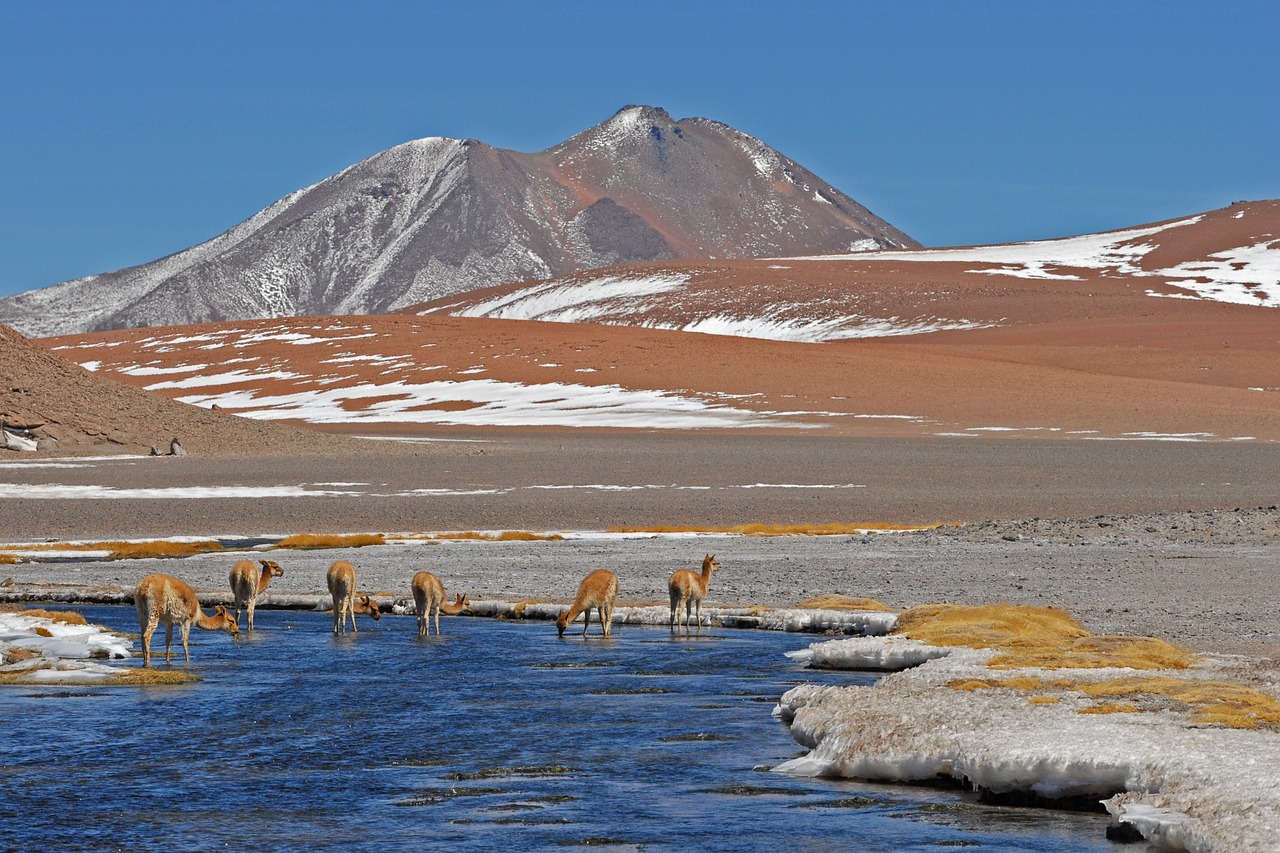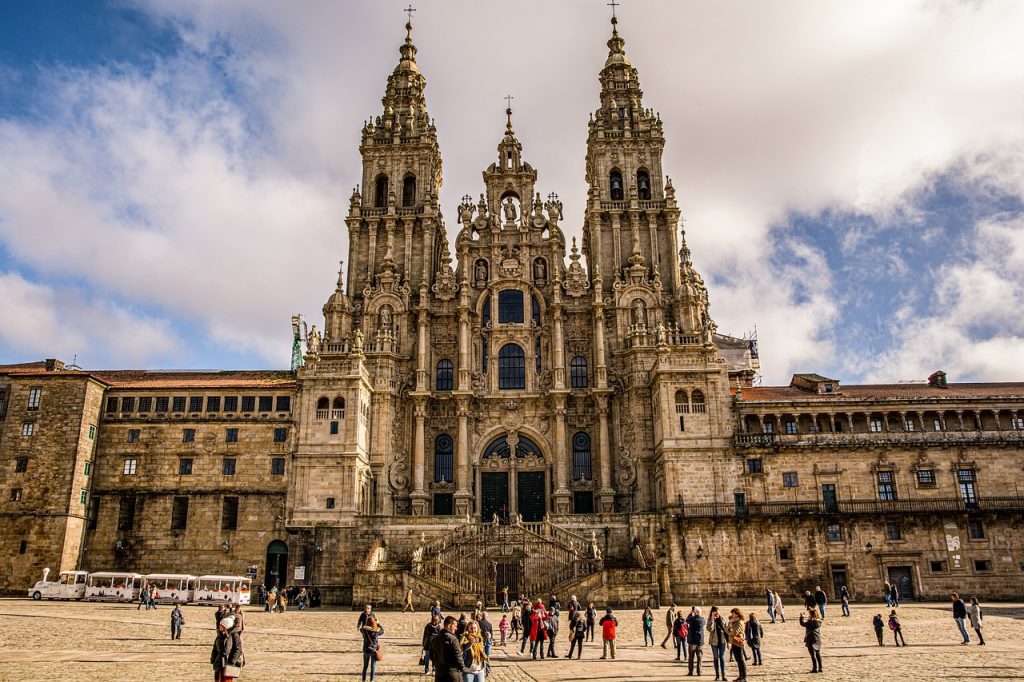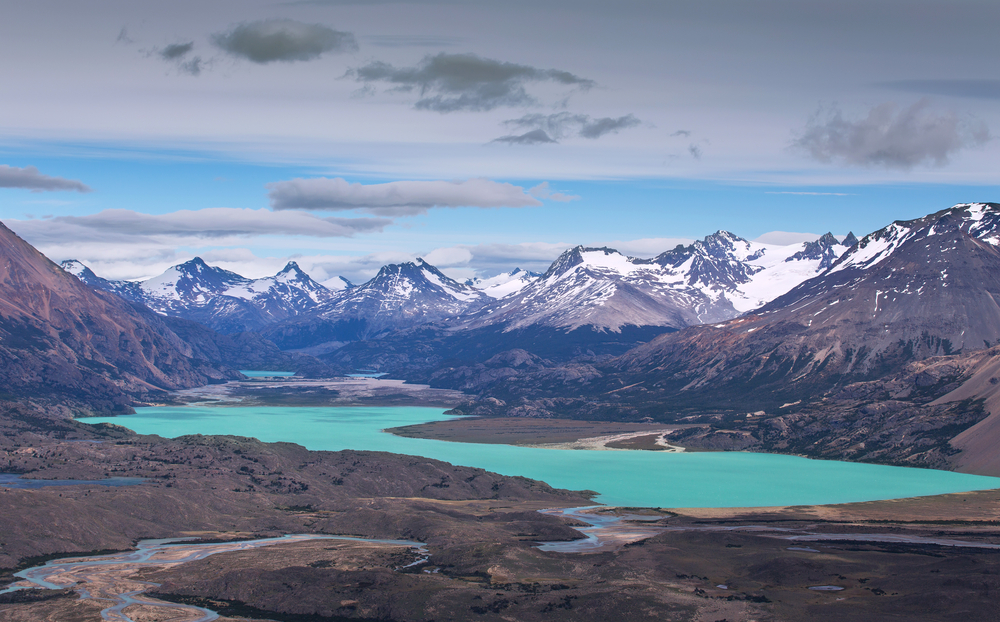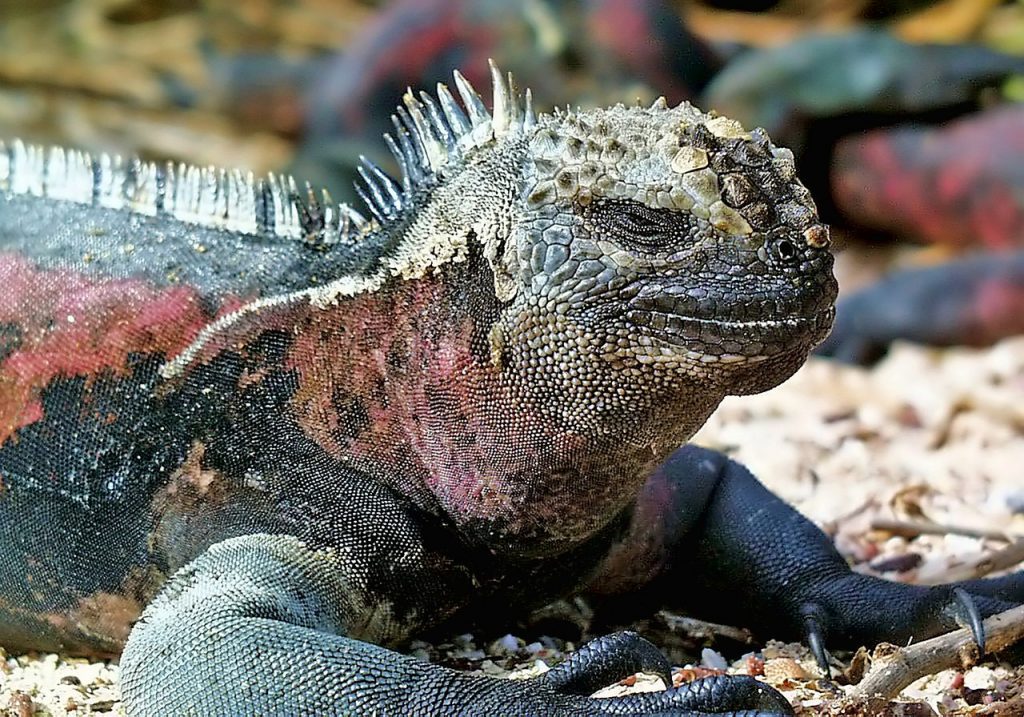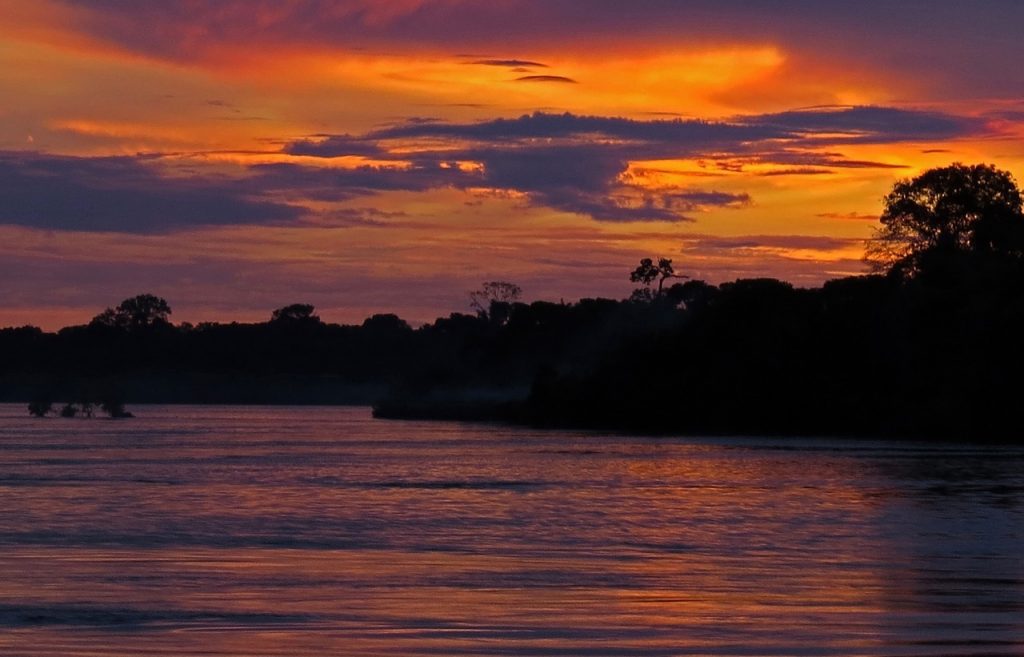Chile is a long stretching country running along the western coast of South America. The country features striking contrasts and breathtaking natural wonders. The arid Atacama Desert, the pristine fjords of Patagonia, and the breathtaking Iguazu Falls are just some of the treasures await. Now you just have to determine the best time to visit Chile.
Your Chilean adventure awaits? Let’s unravel the seasons and other considerations to help you identify the best time to go to Chile. The you can plan your unforgettable journey to this South American gem.
Best Time to Visit Chile Based on the Weather
Spring (September to November):
Springtime in Chile is a splendid choice for nature enthusiasts. With temperatures ranging from 50°F to 70°F (10°C to 21°C), the weather is inviting for exploring the country’s diverse ecosystems. Spring also marks the blooming season in Patagonia, adding a vibrant touch to your outdoor experiences.
Summer (December to February):
If you’re captivated by the idea of sun-kissed beaches and warm coastal escapes, then Chilean summer is the best time to visit. Average temperatures hover between 70°F and 85°F (21°C to 29°C), creating perfect conditions for hiking in Torres del Paine, enjoying the beaches of Viña del Mar, or savoring fresh seafood in Valparaíso.
Autumn (March to May):
Autumn paints Chile with a golden hue, transforming landscapes into a picturesque wonderland. Temperatures vary from 50°F to 70°F (10°C to 21°C), offering a comfortable environment for exploring vineyards in the Central Valley and witnessing the colorful foliage in the Lake District.
Winter (June to August):
Chile’s winter is a haven for snow sports enthusiasts. While the north remains mild, the southern regions experience cold temperatures, ranging from 30°F to 45°F (-1°C to 7°C). Winter is the best time to hit the slopes in the Andes, with ski resorts like Valle Nevado offering thrilling experiences for winter sports enthusiasts.
Best Time to Visit Chile Based on Prices and Crowds
Low Season (April to September):
Winter marks the low season in Chile, particularly in the southern regions. Prices for accommodations and flights are generally lower, making it an attractive option for budget-conscious travelers. Keep in mind that some tourist sites may have reduced hours or limited accessibility during this time.
Shoulder Seasons (Spring and Autumn):
Spring and autumn provide a delightful balance between pleasant weather and fewer crowds. Prices for accommodations and flights remain reasonable, and you can enjoy a more tranquil experience at popular destinations. These shoulder seasons are ideal for cultural exploration.
High Season (December to February):
Chilean summer is the high season when prices for accommodations and flights can be at their peak, especially in popular tourist areas. It’s advisable to book in advance if you plan to visit during these months. While the crowds are larger, the vibrant atmosphere and numerous festivals make it a memorable time to explore Chile.
Discovering Chile’s Cultural Experiences
Chile is a country with a wealthy and diverse cultural heritage. There are many annual events and festivals that showcase its unique traditions. Here are ten of the most popular cultural experiences that occur annually across the country:
- Fiestas Patrias (September 18th-19th): Fiestas Patrias, or Chilean Independence Day, is one of the most significant celebrations in the country. It marks the beginning of Chile’s struggle for independence from Spanish rule. Chileans celebrate with traditional food, music, dance, and rodeos.
- La Tirana Festival (July 16th-19th): Located in the northern town of La Tirana, this religious festival combines Catholicism with indigenous Andean traditions. Pilgrims from all over Chile and neighboring countries come to honor the Virgin of La Tirana with colorful dances and processions.
- Valparaíso Carnival (January or February): Valparaíso’s Carnival is a vibrant and artistic celebration of music, dance, and culture. It features elaborate parades, costumed performers, and live music, turning the city into a giant street party.
- Semana de la Chilenidad (September): Held in Santiago, this festival celebrates Chilean traditions, including rodeos, folkloric dances, and traditional cuisine. It provides an opportunity to experience the country’s rural culture in an urban setting.
- Antofagasta International Film Festival (November): This film festival in Antofagasta showcases national and international cinema. It attracts filmmakers, actors, and cinephiles to the city to enjoy a diverse selection of films.
- Pampilla de Coquimbo (September): Pampilla is a national holiday celebrated with great enthusiasm in Coquimbo. It features folkloric performances, traditional foods like empanadas, and a fair-like atmosphere with games and rides.
- International Jazz Festival of Punta Arenas (April): This festival in Punta Arenas, at the southern tip of Chile, brings together jazz musicians from around the world. It’s a cultural highlight for music enthusiasts in the region.
- Lollapalooza Chile (March): Part of the international Lollapalooza music festival franchise, this event in Santiago features a diverse lineup of national and international artists, attracting music fans from across Chile.
- Chiloé Festival of Folklore (January): Held on Chiloé Island, this festival celebrates the rich folklore of the region. It includes traditional music, dance, and the iconic “Minga de Raley,” where the community comes together for collective work.
- Aniversario de Rancagua (October): Rancagua’s anniversary celebrations include a traditional rodeo and the Huasa Parade, featuring women dressed in typical Chilean rural attire. It’s a great opportunity to experience Chilean equestrian culture.
These cultural experiences offer a glimpse into Chile’s diverse heritage, from its indigenous traditions to its vibrant contemporary arts scene. Visiting Chile during one of these festivals is an excellent way to immerse yourself in the country’s culture and celebrate alongside locals.
Exploring Chile’s Outdoor Experiences
Chile offers a wide range of outdoor experiences, some of which are seasonal due to the country’s diverse geography and climate. Here are five seasonal outdoor experiences in Chile:
- Whale-Watching in Chiloé (December to March): The waters around Chiloé Island are a prime location for whale-watching. From December to March, you can spot blue whales, humpback whales, and even orcas as they migrate along the coast. Boat tours from Chiloé offer a chance to observe these majestic creatures up close.
- Skiing in the Andes (June to September): Chile boasts some excellent ski resorts in the Andes Mountains. The ski season typically runs from June to September, with the most popular resorts being Valle Nevado, Portillo, and La Parva. Visitors can enjoy skiing, snowboarding, and snowshoeing in the pristine alpine landscapes.
- Atacama Desert Wildflower Blooms (September to November): In the world’s driest desert, the Atacama, wildflowers burst into bloom after rare rainfall events. This phenomenon occurs between September and November, creating a stark contrast against the arid desert landscape. It’s a unique opportunity for nature enthusiasts and photographers.
- Patagonian Hiking (November to March): The Patagonian region in southern Chile offers some of the world’s most spectacular hiking trails. While the weather is relatively milder, from November to March, hikers can explore iconic routes like the Torres del Paine Circuit and witness stunning landscapes, including glaciers, fjords, and turquoise lakes.
- River Rafting in Río Futaleufú (December to February): Located in northern Patagonia, the Río Futaleufú is famous for its challenging rapids. The best time for white-water river rafting is during the southern hemisphere’s summer, from December to February. Experienced rafters can tackle Class V rapids in this pristine wilderness setting.
These seasonal outdoor experiences in Chile offer a variety of adventures for nature lovers and outdoor enthusiasts. Whether you’re interested in wildlife encounters, winter sports, or exploring Chile’s diverse landscapes, there’s something to suit every adventurer’s taste and the time of year.
Other Outdoor Experiences
Atacama Desert: The Atacama Desert is a year-round destination, but spring and autumn offer milder temperatures for exploring its surreal landscapes.
Patagonia: Summer is the ideal time to visit Patagonia for trekking and outdoor adventures. The warmer weather and extended daylight hours create perfect conditions for exploring this wilderness.
Easter Island: Easter Island’s mild climate makes it suitable for visits throughout the year. However, the period from September to March is more popular among tourists.
What Is the Best Time to Visit Chile and Why?
The best time to visit Chile depends on your interests and the experiences you seek. If you’re eager to explore Chile’s natural wonders and enjoy outdoor adventures, consider visiting during the summer. For those who prefer fewer crowds and lower prices, the shoulder seasons of spring and autumn offer a delightful compromise. Winter is perfect for ski enthusiasts and those looking to experience Chile’s snowy landscapes.
In conclusion, Chile welcomes travelers with open arms throughout the year, promising a myriad of experiences. Whether you’re hiking in the Andes, stargazing in the Atacama Desert, or sipping Chilean wine in the Central Valley, each season lends its unique charm to this captivating country. So, when is the best time to visit Chile? The answer lies in your preferences and the adventures you crave.
Experience the magic of Chile in spring, summer, autumn, or winter—it’s a journey that promises unforgettable memories.
Photo Credits:
Image by Herbert Bieser from Pixabay

